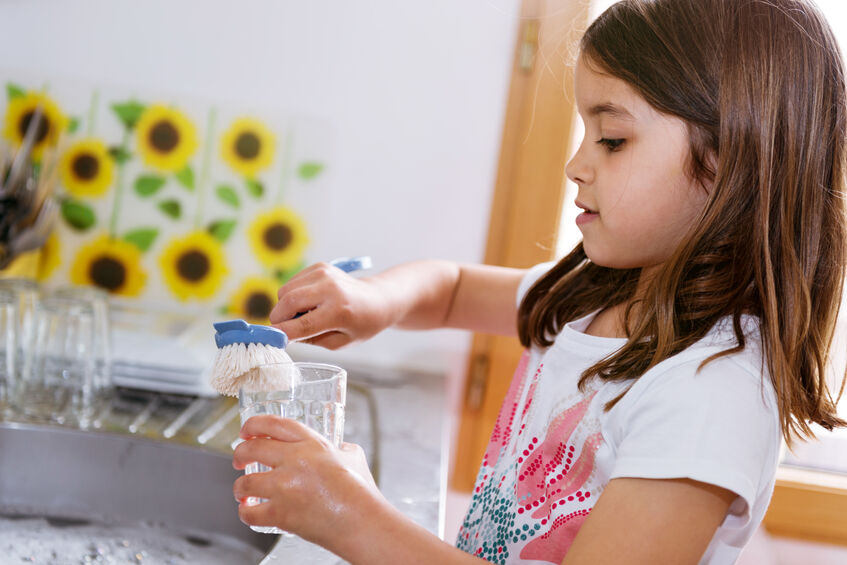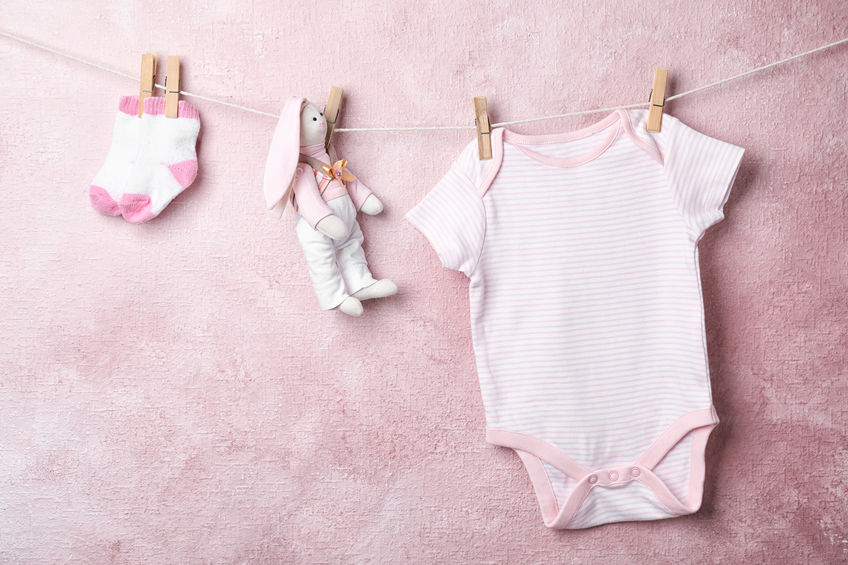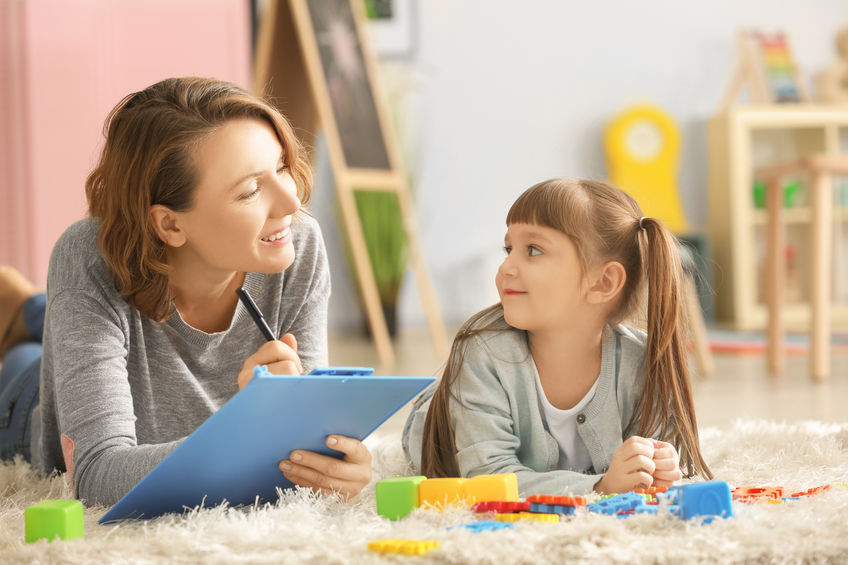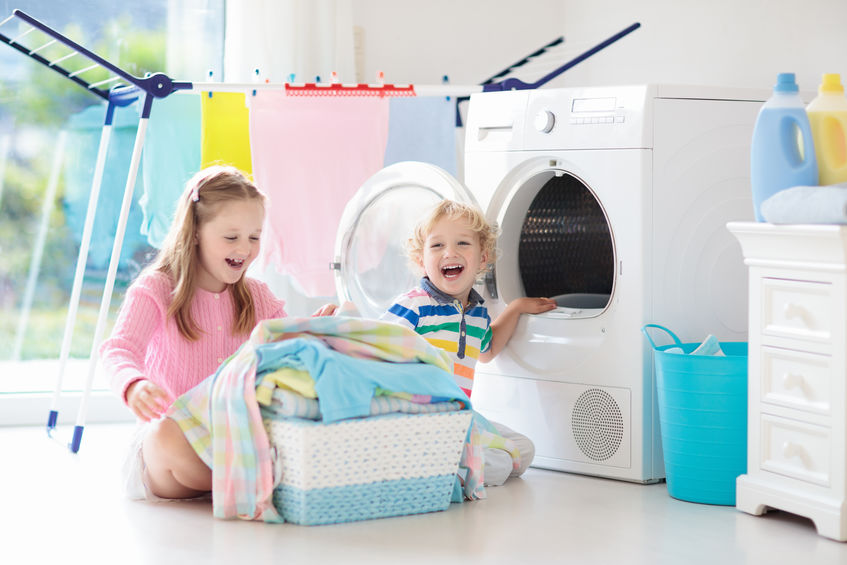
Children are constantly learning. When they speak their first words, that’s the result of months’ worth of learning and observing. However, it takes much more time for them to get a full grasp of their native language. The rate at which children learn new words after they’ve begun to talk can vary, and much of that variation depends on what their parents do to help them learn. Here, we discuss some ways you can help your child build their vocabulary so that they can begin expressing themselves.
Narrate what you’re doing
Children learn new words by watching and listening to their caregivers. This doesn’t mean just when you’re directly speaking to them; children will also learn when they watch you going about your day. By narrating what you’re doing in the moment, you are introducing new words into your child’s vocabulary. For instance, if your child is sitting at the table while you’re setting the table, you can say something along the lines of: “And now it’s time to put down the plates. Next are the glasses, and then the napkins.” By using this technique, also known as self-talk, your child has just learned the words “plates,” “glasses,” and “napkins.”
Narrate what your child is doing
This is similar to what we explained before, but instead of narrating what you’re doing, you narrate what your child is doing. This technique is known as parallel talk. It’s best used when your child is fully engaged in an activity, such as playing with their stuffed animals. For example, if your child is placing a tea party set in front of their teddy bear, you may say to them, “Oh, I see you’re setting up a tea party for your teddy bear.”
Read to your child (and encourage them to read by themselves)
Reading is perhaps the best and most effective way of building your child’s vocabulary. By reading a wide variety of books, your child will be exposed to thousands of different words. Of course, it takes time for children to learn to read. That’s why it’s important for parents to read to them even when they’re infants. As your child gets older, you can instill a love of reading and encourage them to read by themselves.
Stuffed animals can be a great partner when trying to help your child build up their vocabulary. Look through our website to find the perfect stuffed animal for your little one today!








